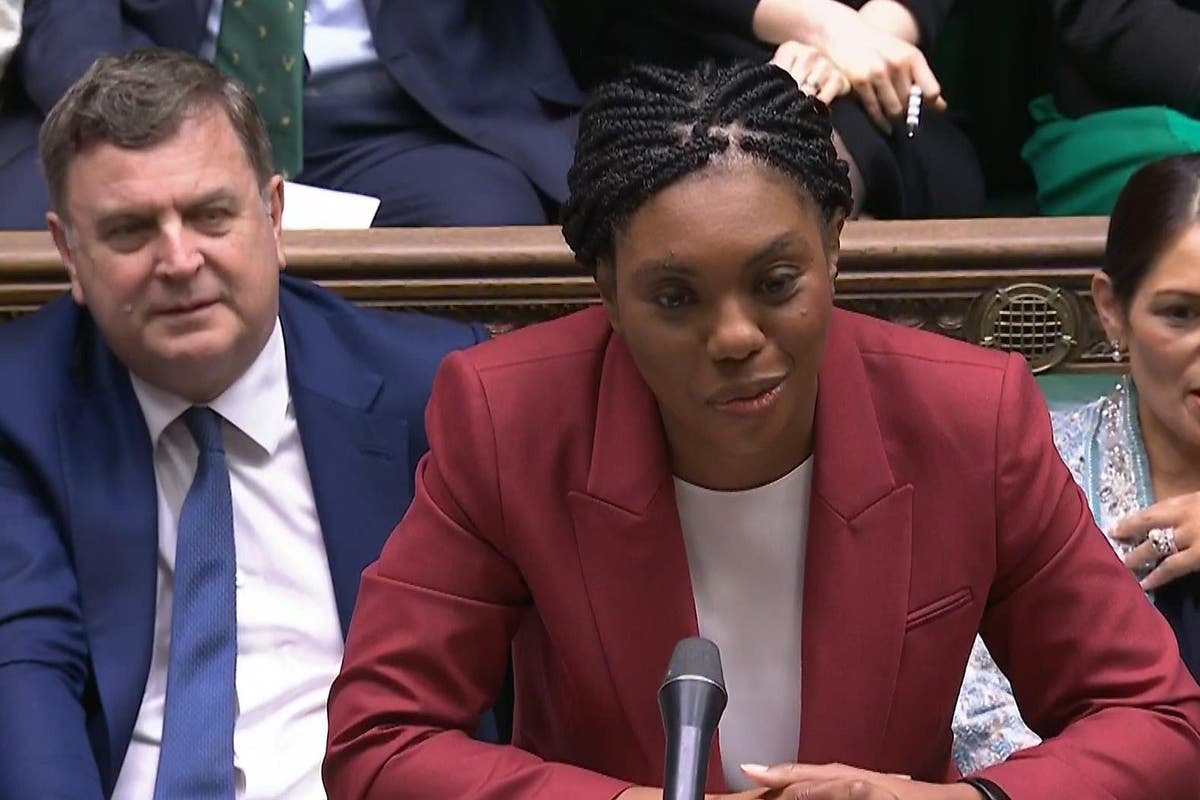
The vast majority of Canadians (86 per cent) don’t feel in control of their health care, say the findings of the latest vibe check on health-care sentiments in the country. And the sky is blue. The other results of this survey , conducted in August by the telehealth company Maple, are consistent with the theme of disappointment: 50 per cent of Canadians report delaying obtaining care; 47 per cent have trouble accessing proactive care; about three-quarters want more access to family doctors.
Long wait times and limited access are among the biggest reported barriers to seeking care. They’re probably not ideal figures, considering that health care is the biggest public expenditure in each province, and one of the biggest money sinks at the federal level. It’s also the most consistent top issue of concern for Canadians, ranking among the top three over the years , with the more transient climate change, inflation and immigration.
For all the worrying and spending, we get (intentionally) low capacity, long wait times and antiquated tech. It’s a chronic, costly ache that just doesn’t go away. In part, because we don’t seem to want to fix it.
Take, for example, the manpower shortage in medicine. We don’t have enough medical school slots to keep up with population growth, so some Canadian students get their med schooling abroad. Then, there’s the training bottleneck: there aren’t enough residency spots for grads, which is especially a problem for Canadians schooled abroad.
Some of these precious Canadian training spots are even reserved for foreign trainees who leave once their term is complete. Training capacity has been a long-known issue. Measures have been taken to widen the pipeline of doctors, but these have been mild at best.
Ontario is bringing a new medical school online, which would be great if it wasn’t for the fact its students will be largely selected on the basis of diversity, not merit. New med schools at Simon Fraser University , York University and the University of Prince Edward Island should be opening in the next few years, too — which will help, as long as they don’t prioritize diversity over competency, too. Manitoba commendably, is making progress by bringing training slots online.
Still, it’s not enough. These measures should add hundreds of new doctors to the pool every year — and we need thousands. By RBC’s estimate , we were short nearly 17,000 doctors in 2020, and that’s expected to grow to just under 44,000 in 2028.
Efficiency, then, is the other half of the equation. Again, it’s a department in which Canada is lacking. A 2023 study by the Canadian Federation of Independent Business found that over one-third of a (Nova Scotian) doctors’ administrative work was spent on tasks that could be punted to someone else or eliminated entirely.
Small potatoes to take this off the plate of one doctor, but multiplied across every doctor in Canada, it would free up an estimated 18.5 million hours of time that could be spent on patients. Automation and artificial intelligence, meanwhile, are only used to a limited degree .
One by one, hospitals pick up new tech that, ideally, would be deployed system-wide. It’s a solution that the private sector seems more interested in solving, for the moment. Dr.
Brett Belchetz, CEO of Maple, finds this to be the tricky point in a lot of places. While Canadian doctors are well-funded through salaries or fee-for-service models, “there is no funding mechanism under our provincial health care plans or federally to pay for the technology..
.. When we look at deploying technology at scale, the cost can become very, very high.
” While Maple has been able to integrate into Nova Scotia, New Brunswick and Prince Edward Island, Belchetz says, negotiations to do the same in other provinces have stalled over an inability to figure out funding models. Most glaring is the fact that Canadian health hasn’t entirely been digitized, yet — and the parts of that are digital don’t connect. Take a look at Manitoba: the province still uses a patchwork of digital and paper medical records and somehow lacks a unified, central database.
This at least became a target of NDP Premier Wab Kinew, who said last December his government needed to move away from “papyrus.” With any hope, his health department will actually accomplish something here. Kinew’s health minister, Uzoma Asagwara, has been given a three-year mission to see out the modernizing mission, but one wonders if it will happen.
Asagwara’s actual work has included expanding access to cosmetic gender-bending procedures, making birth control free and embarking on a months-long “Listening Tour” that looked an awful lot like a time-buying exercise. Asagwara has accomplished the opening of several dozen care beds — but the social politics clouding the health minister’s priorities will be a distraction. That said, it’s not like preceding Progressive Conservatives managed to fix the province’s disjointed information systems, either.
What’s the common thread that eats at both sides? Low salaries. A cabinet minister in Manitoba, in 2024, makes about $165,000 per year, while CEOs of health services and hospitals can make more than double. It’s not necessarily an indictment of public health ministers, but it certainly makes the job less attractive to people of high calibre.
But not necessarily. In Nova Scotia, where cabinet ministers are salaried at $138,000, the health system managed to integrate virtual care into its operations by partnering with the private sector. For the most part, though, Canadian public health care is led by officials who slug along: on education and training capacity, on digitizing and on 21st-century technology.
Until we hold public officials accountable for failing to execute core duties at the cost of advancing trendy social policy, we can continue to expect to feel out of control when it comes to health. National Post.












